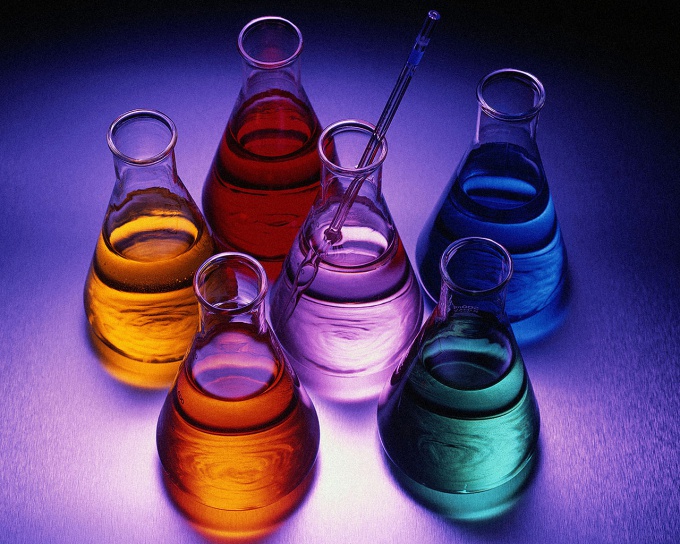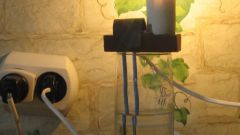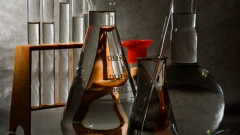You will need
- varicella Cup
- burner
- indicators
- the metal rod
- NRO
Instruction
1
Strong bases exhibit chemical properties that are typical of all hydroxides. The presence of alkali in the solution is determined by a colour change of the indicator. To the test with the test solution, add methylorange, lower phenolphthalein or litmus test. Methylorange gives a yellow color, phenolphthalein purple and litmus paper turns blue. The stronger the base is, the more intensely colored indicator.
2
If you want to know what alkali is present, then conduct a qualitative analysis of the solutions. The most common strong bases – hydroxides of lithium, potassium, sodium, barium and calcium. Bases react with acids (neutralization) to form salt and water. It is possible to distinguish CA(Oh) co₂, VA(IT) co₂ and LiOH. When interacting with phosphoric acid formed insoluble precipitates. Other hydroxides precipitation will not, because all salts are soluble K and Na.
3 CA(Oh) co₂ + 2 NRA --→ Ca₃(PO₄)co₂↓+ 6 NO
3 VA(IT) co₂ +2 NRA --→ V(PO₄)co₂↓+ 6 NO
3 LiOH + NO --→ Li₃РО₄↓ + 3 NO
Strain them and dry. Make dried precipitation in the flame. By a colour change of the flame color to determine the ions of lithium, calcium and barium. Accordingly, you define where a hydroxide. Lithium salts color the flame of the burner in Carmine-red color. Barium salts – green, and calcium salts in crimson.
3 CA(Oh) co₂ + 2 NRA --→ Ca₃(PO₄)co₂↓+ 6 NO
3 VA(IT) co₂ +2 NRA --→ V(PO₄)co₂↓+ 6 NO
3 LiOH + NO --→ Li₃РО₄↓ + 3 NO
Strain them and dry. Make dried precipitation in the flame. By a colour change of the flame color to determine the ions of lithium, calcium and barium. Accordingly, you define where a hydroxide. Lithium salts color the flame of the burner in Carmine-red color. Barium salts – green, and calcium salts in crimson.
3
The remaining alkali to form a soluble orthophosphate.
3 NaOH + NO--→ Na₃РО₄ + 3 NO
3 KOH + NO--→ CRO + 3 NO
You must evaporate the water to dry residue. The evaporated salt on a metal rod alternately enter into the flame. Where is the sodium salt, the flame will turn a bright yellow color, and orthophosphate of the potassium – pink-purple. Thus, having a minimal set of equipment and reagents you have identified all the data you a strong Foundation.
3 NaOH + NO--→ Na₃РО₄ + 3 NO
3 KOH + NO--→ CRO + 3 NO
You must evaporate the water to dry residue. The evaporated salt on a metal rod alternately enter into the flame. Where is the sodium salt, the flame will turn a bright yellow color, and orthophosphate of the potassium – pink-purple. Thus, having a minimal set of equipment and reagents you have identified all the data you a strong Foundation.


